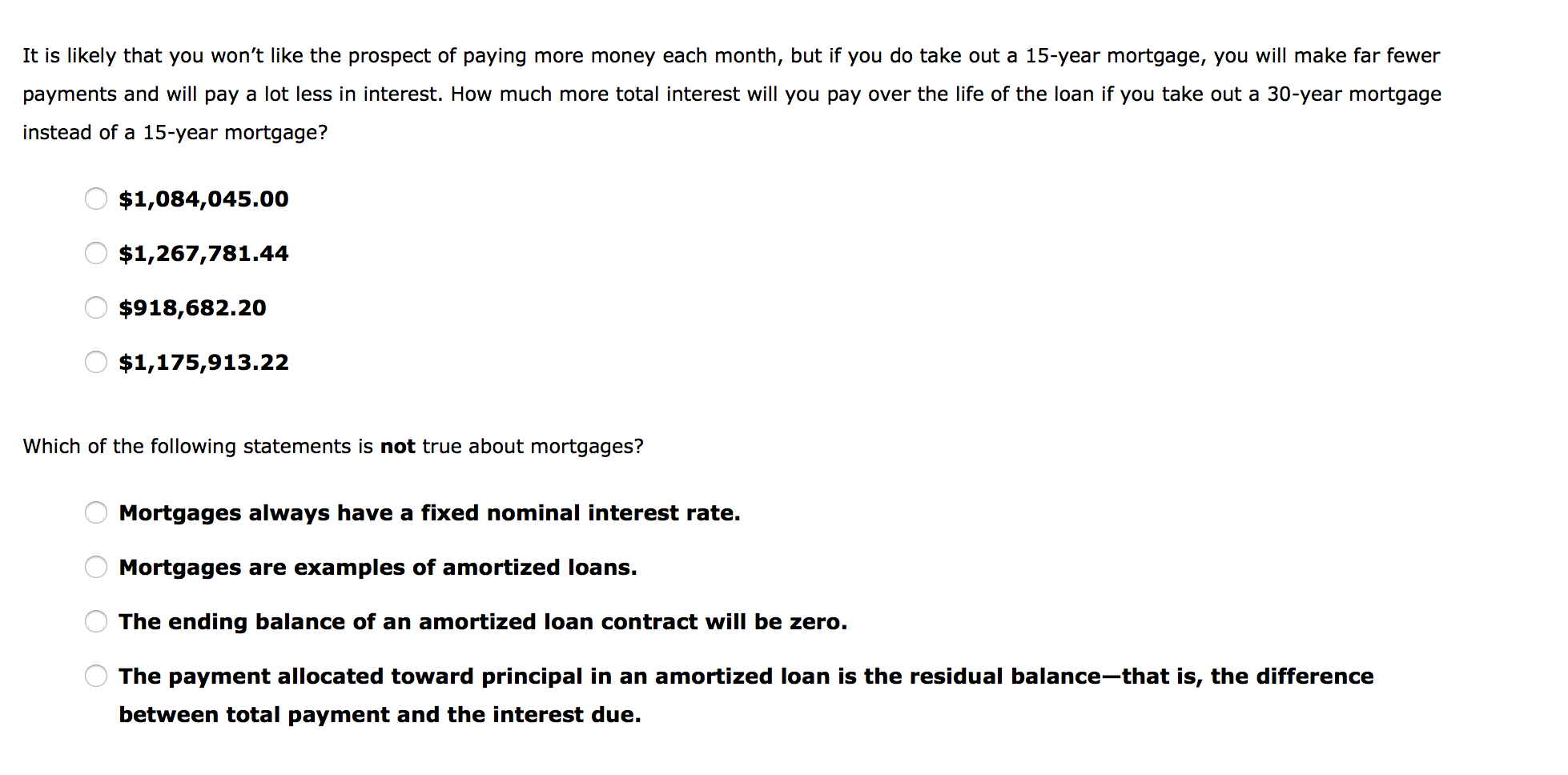The Ginnie Mae CUSIP aggregation program began in March 2019 and was finished in July 2019 and the Desk combined roughly 8,000 specific CUSIPs into about 8 aggregated ones. The aggregation process was developed to decrease administrative costs and operational complexities connected with the Federal Reserve's agency MBS portfolio using a straightforward and rules-based approach that is constant with market.
operating objectives and standard market practices. Other The New York Fed publishes detailed data on all settled SOMA firm MBS holdings on its on a weekly basis. In addition, Fannie Mae, Freddie Mac, and Ginnie Mae supply details about aggregated CUSIPs, including the underlying agency MBS, on their public sites. Yes. Info about individual Fannie Mae, Freddie Mac, and Ginnie Mae agency MBS CUSIPs underlying the Federal Reserve's aggregated CUSIPs will stay readily available on these companies' public sites.
's freshly imposed constraint on repooling of reperforming forborne loans yet once again penalizes servicers acting as important company in the continuing efforts to protect mortgagors facing financial challenge due to COVID-19. Let me count a few of the methods Ginnie Mae servicers are bearing the force of debtor forbearance under the CARES Act: no servicing cost income during forbearance of as much as a year( and possibly longer should Congress decide its required); no remedy for advance requirements for the period of such forbearance; no modification of the structural impediments to private financing to fund advances; and no compensation for the expense of funds for advances. In providing APM-20-07 on June 29, 2020, Ginnie Mae chose to further secure financiers from the prospective enhanced prepayment threat resulting from early swimming pool buyouts of forborne loans. This defense, nevertheless, comes at the expenditure of servicers. By restricting servicers from depending on long-standing, legitimate organization activity early swimming pool buyouts paired with the repooling of reperforming loans Ginnie Mae has actually elected to deem a routine activity as improper since it is unnecessary and, gosh, might produce an earnings. This obligation lasts till the defaulted loan is purchased out.
loan protected by the mortgaged property, the profits of which are utilized to bring the loan existing. By utilizing a junior lien, the loan does not require to be customized. Presently, a servicer might achieve a" stand alone partial claim" or a" home mortgage recovery advance" without redeeming the overdue loan from http://www.wfmj.com/story/43143561/wesley-financial-group-responds-to-legitimacy-accusations the pool, however servicers consistently integrate the permissible early buyout of a delinquent loan, a reinstatement through a" stand alone partial claim" or" mortgage healing advance, "and a repooling of the reperforming loan into recently provided securities. First, the customer under a reperforming loan should have made timely payments for the six months immediately preceding the month in which the associated mortgage-backed securities are issued.

Second, the problem date of the mortgage-backed securities must be at least 210 days from the last date the loan was overdue." Reperforming Loans "are not restricted to loans that are reinstated through a" stand alone partial claim" or "mortgage healing advance." The term is broadly defined to be a loan that is not more than thirty days delinquent, formerly was purchased out of a Ginnie Mae pool, and has the very same rate and terms as the originally pooled loans. The APM just means the factor behind Ginnie Mae's modification in position, mentioning that "Ginnie Mae looks for to make sure that transactional activity associated with these choices does not impair market confidence in Ginnie Mae securities. "It highlights that FHA's "Stand Alone Partial Claim" and USDA's "Mortgage Recovery Advance" do not need pool repurchases unless the terms of.
The smart Trick of What Is The Best Rate For Mortgages That Nobody is Talking About
the loan need adjustment. Put simply, Ginnie Mae is depriving servicers of a long-standing, legitimate, optional organization strategy under the Ginnie Mae program apparently due to the fact that this discretionary activity is not needed to make it possible for a servicer to cease servicing advances in regard of forbearance. Generating a make money from repooling reperforming loans somehow is considered as a nefarious activity. In isolation, insulating financiers in Ginnie Mae securities from boosted prepayment danger associating with forbearance certainly is a worthy public policy goal. When compared to https://www.wdfxfox34.com/story/43143561/wesley-financial-group-responds-to-legitimacy-accusations the expenses, expenditures and lost earnings servicers are bearing in respect of forbearance, one needs to wonder whether Ginnie Mae is fairly balancing the interests of servicers and financiers.
While Ginnie Mae might have the authority to modify the Mortgage-Backed Securities Guide from time to time, servicers have a right to reasonably depend on the fundamental construct of the program without product negative modifications not grounded in law or abuse. Servicers develop, get and fund their Ginnie Mae MSRs based upon this affordable expectation. When you wish to have enjoyable in the sun right in.
your backyard, a swimming pool of your own may be paradise. A pool includes a substantial price, however, so be prepared to pay for it in time. While you have a few different alternatives, one of the easiest is to finance a brand-new pool with a brand-new home loan. First, call the loan provider with which you have your present home mortgage to ask about a brand-new home mortgage.
Frequently your current loan provider will aspire to keep your funding, possibly offering appealing interest and terms. how is the compounding period on most mortgages calculated. Note the terms used by your existing loan provider. Approach 2 or 3 other lenders to inquire about a brand-new home loan. With a brand-new lending institution, you will require to show evidence of identity and income, warranty deed and house owner's insurance. The new loan provider will examine your credit and.
inspect the value of your house during a prequalification process. After confirming your details and assessing your credit reliability, the loan provider may extend you prequalification status.